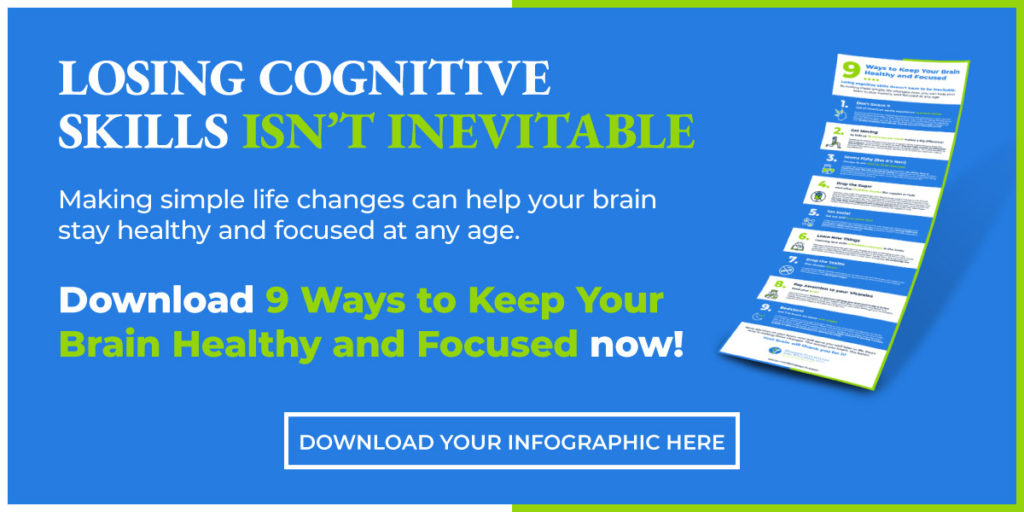If you have been suffering from depression or anxiety for a significant period of time, you’re not alone. Over 264 million people live with depression and 284 million people suffer from anxiety disorder worldwide. Most people go through medication-based treatments and other forms of treatment, but sometimes they don’t work for everyone. Thankfully, there is another option available, Transcranial Magnetic Stimulation (TMS). You may have heard of it before, but how does TMS work for treating depression and anxiety?
Struggling with Depression? TMS Can Help
What is Transcranial Magnetic Stimulation Treatment?
Transcranial Magnetic Stimulation (TMS) is used mainly when antidepressants and other forms of treatment don’t work. Each individual is different; some will respond well to medication or traditional therapies, while others need customized treatment options, like TMS, that align with their individual needs. But what is it? TMS is a completely non-invasive treatment for depression and anxiety. Essentially, this procedure uses magnetic pulses to stimulate target areas of the brain that are usually less active in people with depression and more active in those with anxiety. Your professionally trained technician can adjust the dose of magnetic stimulation to target the brain effectively, this isn’t really possible in real-time with medication.
How does TMS Work?
For most TMS treatment sessions, it can last anywhere from 20 minutes to an hour. You would do this about 5 times a week for 4 to 6 weeks. It all depends on the patient’s response. You will sit or recline while the doctor places an electromagnetic coil near your head in a specific area to regulate your mood. Then the coil generates pulses to the brain to produce electrical current through your nerve cells. It may feel like the pulse is knocking or tapping your head, but that is normal. There is no recovery time with TMS, so once your session is completed, you can leave for the day.
This process of targeting specific areas of the brain is what helps reduce people’s anxiety and depression symptoms because it enhances the activity in that certain area of the brain according to the disorder present. Those with anxiety often have increased nerve cell activity in the prefrontal cortex and TMS can reduce the activity in this region. Patients suffering from depression may have low activity levels. TMS can help this condition by stimulating nerve cells and increasing activity in a specific area.
Is TMS Safe?
TMS is FDA-approved, has very few side effects, and doesn’t require any extensive recoveries. Some of the minor side effects include tension headaches, facial twitching, painful scalp during treatment, mild headaches, and temporary hearing problems. A more serious side effect of TMS is a mild seizure, however, the risk of having one is low. The treatment is quick and easy and does not require you to be under anesthesia, which means you can drive yourself home right after the session and resume your normal activities.
Although TMS is a safe alternative, it‘s important to keep in mind that it’s not for everyone. You should not receive TMS treatment if you have the following:
- aneurysm clips or coils
- electrodes
- stents
- metallic eye or ear implant
- facial tattoos with magnetic ink
- bullet fragments or shrapnel
- implanted stimulators
- other metal objects implanted in or near the head
Modern Psych Provides Customized Treatments for You
Recently, TMS has become a more common treatment for depression and anxiety disorders. It’s non-invasive, FDA-approved, and has few side effects. At Modern Psych, your mental health matters to us. We provide customized treatments that include TMS. If you are looking for a safe and reliable treatment, then TMS may be the right treatment for you. Contact us today to get started.





